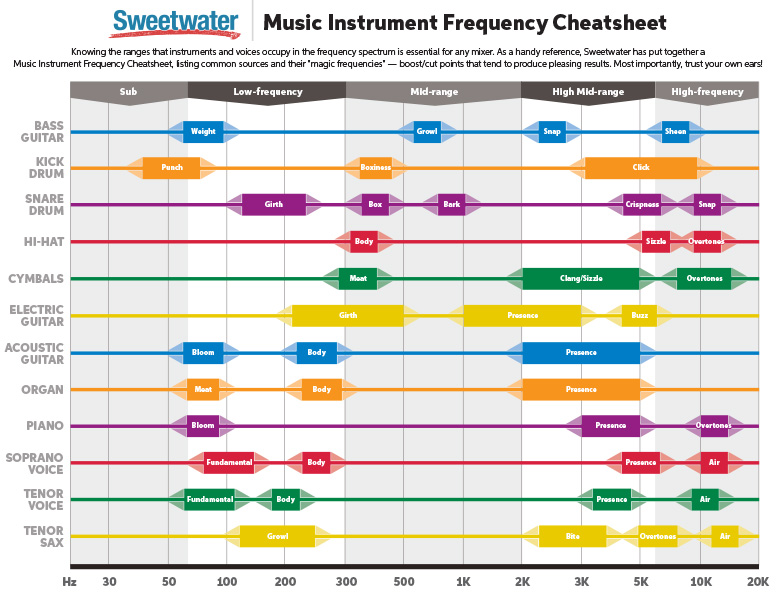We are digressing from the OP but I guess this only highlight all the complexity of this area of guitar playing.
This is true to some extent; in my case I’ve been through a decade of DI into amp sims and it just didn’t work for me as time went by. Started with Guitar Rig 2, to somebody who didn’t know what the basic food groups were, one it sounded better than going into a tape with a head I made that went into my stereo, at some point I added an MT2, I didn’t know any better and so it sounded great to me. Forward 15 years I got a kemper, was nice initially and I got great tones from it, but by then I knew exactly what I wanted, all those caricatures of amps were priceless exposing me to gear I would never get to audition.
So now that I know exactly what I wanted, I now use a Marshall 1959 Super Lead 100 Plexi ( the kind of clone that’s better build than anything Marshall ever, with a really great PPIMV ) into a Marshall 4x12 1960B stock, it’s got T75s in there. I think I can cover a few decades or more with that rig, especially for my needs, add to that the endless variety of Boosts, OD, Distortions, flangers, chorus, wah etc. I expect this analogue setup to last me a lifetime or more.
The icing on the cake is no digital solution can get this setup 100%, and that’s important to me, it’s a simple fact and I don’t want to be second guessing my compression levels and suffering choice paralysis. It’s simple, I turn it on and play.
To give credit where it’s due, digital is the second coming as far as I’m concerned, it’s relatively cheap, lightweight and does everything and more, as far as amp sims got, they’re the jack of all trades, but where it matters to me is that they’re also masters of none.
If I want a fender sound, a plexi into my 2x12 fender cab gets close, it’s basically a bassman on steroids, or I’ll get a fender, and maybe a VOX AC30 if I’m really getting into it. So that’s your 3 main food groups. Back when music was good, no offence, most musicians had one guitar and one amp and the rest was making the most of it, “one” tone family at a time was plenty 
I don’t want this to read like digital DI track vs live miced amp thing, there is space for everybody, no religious dogma, just once needs and wants, everybody is different.
edit:
I’ve been keeping an eye out for a new midi guitar synth setup from them for a long time now, it’s been like a decade since their flagship was released, I’d keep my primary guitar rig as it is, but to write music and record a track solo, the sample space is an indispensable tool, cause I hardly have enough time for guitar let alone learning to play piano. So even here, I’m cool with a mix, just because one uses a traditional rig doesn’t mean one is adverse to everything else. Just keep an open mind, one cut’s their coat according to their cloth and life goes on, I’ve lived long enough to know that you learn something new everyday, best to pick your battles carefully.




